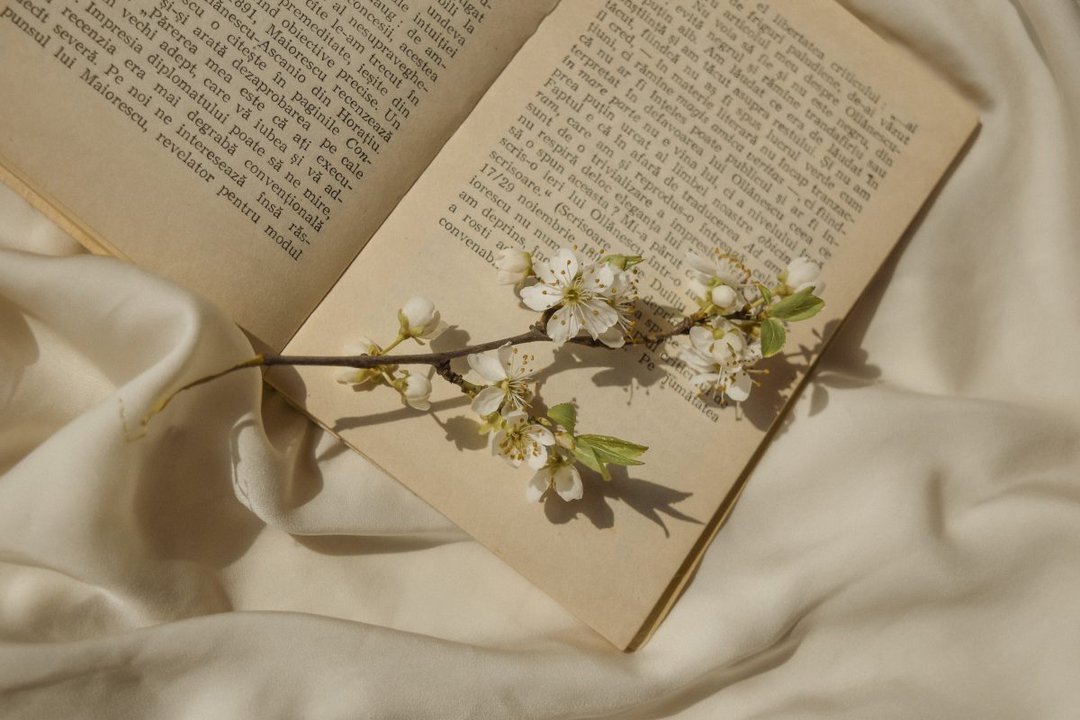Romance novels have been a popular genre for centuries, but their cover art has undergone a significant evolution. In the early days of romance novels, the cover art was often generic, featuring little more than a title and author name. However, as the genre became more popular, publishers began to invest in cover art that would entice readers and convey the mood of the story.
The Early Days of Romance Cover Art
In the early days of romance novels, the cover art was often unremarkable. In the 19th century, romance novels were often published in serial format, with each instalment featuring a simple cover that highlighted the title and author name. As novels began to be published in book form, publishers often opted for covers that were similar to those of other novels in the same genre.
The Bodice Ripper Era
In the 1970s and 80s, romance novels experienced a surge in popularity, and the era of the bodice ripper was born. Bodice ripper novels were often historical romances that featured strong, passionate heroines and domineering heroes. The cover art of these novels often featured the hero and heroine in a passionate embrace, with the heroine often shown in a state of undress. These covers were often criticized for being exploitative and perpetuating harmful stereotypes about women.
The Modern Era of Romance Cover Art
In the modern era, romance cover art has evolved significantly. Publishers are now more likely to commission original artwork that reflects the mood and themes of the novel. Many publishers have also embraced the trend of featuring diverse models on their covers, reflecting the diversity of their readership.
Steamy Scenes and Sensuality
One of the biggest trends in modern romance cover art is the use of steamy scenes and sensuality. Covers now often feature couples in intimate embraces, with suggestive poses and clothing that leaves little to the imagination. While some readers enjoy these covers, others criticize them for perpetuating stereotypes about romance novels as being little more than smutty erotica.
Diversity and Inclusion
In recent years, there has been a push for more diversity and inclusion in romance cover art. Many publishers now feature models of different ethnicities, body types, and ages on their covers. This push for diversity reflects the changing demographics of the romance readership and has been welcomed by many readers who appreciate seeing themselves represented on the covers of their favourite novels.
The evolution of romance cover art has been a reflection of the changing times and attitudes towards the genre. From the early days of generic covers to the bodice ripper era and the modern era of diverse and inclusive covers, romance novels and their cover art have come a long way. While some may criticize the trend towards steamy scenes and sensuality, it’s clear that the genre is here to stay, and that its cover art will continue to evolve along with it.
The history of romance cover art is a fascinating journey that reflects the evolution of the genre itself. From its earliest days to the modern era of diverse and inclusive covers, romance novels and their cover art have come a long way. As the genre continues to evolve, it will be interesting to see what the future holds for romance cover art.





